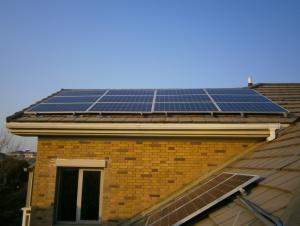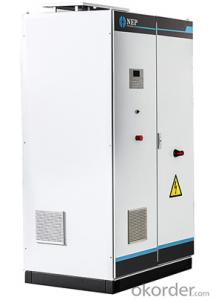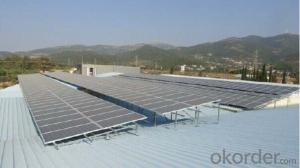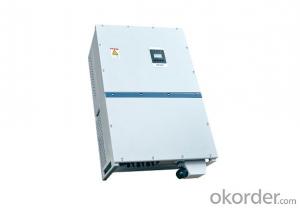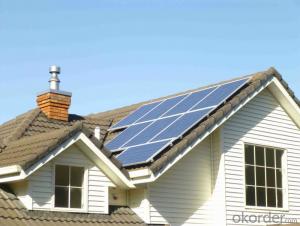Grid-Tied Solar Inverter
Grid-Tied Solar Inverter Related Searches
Led Light Bulbs For Ceiling Fixtures Led Lamps For Ceiling 42 In Ceiling Fan With Light Parts For Light Fixtures Light Projector For Christmas Grill With Led Light Bar Hanging Lights For Kitchen Bar Ceiling Lights For Sitting Room Ceiling Brackets For Lights Ceiling With Led LightsHot Searches
Aluminium Wire Mesh Manufacturers India Ceiling Fan Lowest Price Aluminium Scaffold Planks Sale Aluminium Walkway Mesh Prices Aluminum Bar Stock For Sale High Mast Light Price List Solar High Mast Light Specification High Mast Light Specification 6061 Aluminum Bar Stock Price Aluminum Bar Stock Price Stage Light Price Solar Inverter Fault Light Led Light Manufacturers Aluminum Round Bar Stock Sizes Aluminum Round Bar Stock Near Me Ceiling Fan Lowest Price Aluminum Flat Bar Stock Near Me Aluminum Bar Stock Sizes Aluminum Bar Stock Suppliers Aluminum Bar Stock Near MeGrid-Tied Solar Inverter Supplier & Manufacturer from China
Okorder.com is a professional Grid-Tied Solar Inverter supplier & manufacturer, offers integrated one-stop services including real-time quoting and online cargo tracking. We are funded by CNBM Group, a Fortune 500 enterprise and the largest Grid-Tied Solar Inverter firm in China.Hot Products
FAQ
- The role of galvanic isolation in a solar inverter is to provide electrical safety and protect sensitive electronic components. It prevents the flow of direct current (DC) and alternating current (AC) between the solar panels, the inverter, and the connected electrical system. This isolation helps to eliminate the risk of electrical shocks, voltage surges, and ground faults, ensuring the safe and efficient operation of the solar inverter.
- A solar inverter works by converting the direct current (DC) electricity produced by solar panels into alternating current (AC) electricity that can be used to power household appliances and be fed into the electrical grid. It performs this conversion by using electronic components, such as transistors and capacitors, to change the voltage and frequency of the electricity. The inverter also monitors the solar panel's output and adjusts its operation to ensure optimal performance and efficiency.
- The role of a solar inverter in a utility-scale system is to convert the direct current (DC) electricity produced by solar panels into alternating current (AC) electricity that can be used by the utility grid. In addition to this basic function, a solar inverter also monitors and controls the performance of the solar panels, ensures maximum power generation, and provides safety features such as grid synchronization and protection against voltage fluctuations.
- Yes, a solar inverter can be used with a time-of-use electricity tariff. A solar inverter is responsible for converting the direct current (DC) energy produced by solar panels into alternating current (AC) electricity that can be used in homes or businesses. By connecting the solar inverter to a time-of-use electricity tariff, users can take advantage of different electricity rates at different times of the day. This allows them to maximize their solar energy consumption during off-peak hours when electricity rates are lower and minimize their consumption during peak hours when rates are higher.
- A solar inverter handles reverse power flow by automatically adjusting its operation to convert and redirect excess electricity produced by the solar panels back into the grid. This process ensures efficient utilization of electricity and prevents any potential damage or overload to the solar system.
- The role of a solar inverter in a solar-powered telecommunications system is to convert the direct current (DC) produced by the solar panels into alternating current (AC) that can be used to power the telecommunications equipment. It also ensures that the AC power is stable and at the necessary voltage and frequency for the proper functioning of the system.
- A solar inverter is designed to handle voltage drop by continuously monitoring the voltage level of the solar panels. If the voltage drops below a certain threshold, the inverter adjusts its internal electronics to compensate for the drop and ensure a consistent output voltage. This allows the inverter to maintain optimal performance and efficiency even in situations with voltage fluctuations or drops.
- When choosing the right input voltage range for a solar inverter, it is essential to consider the specifications and requirements of the specific solar panels being used. The input voltage range should be compatible with the voltage output of the solar panels to ensure optimal performance and efficiency. Additionally, factors such as the system size, installation location, and local regulations should also be taken into account to determine the appropriate input voltage range for the solar inverter.























